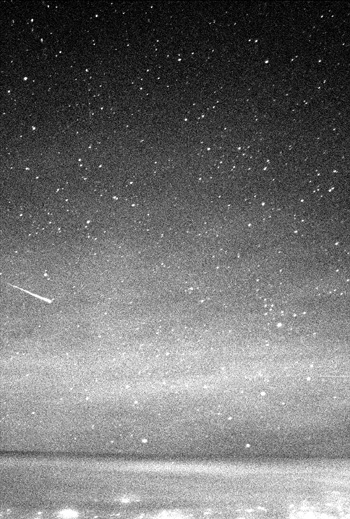[/caption]
Earth is constantly plowing through meteoric debris, and any given night stargazers can spot a shooting star or two. A seven year survey by astronomers at the University of Western Ontario has identified 117 new meteor showers, 62 of which have never been reported before. It’s not that there are more meteors to see and enjoy these days, but the paths of the debris particles have been tracked, allowing researchers to trace the debris’ orbits around the sun and track down their parent bodies. Next, the big job will be naming these different showers. Right now there are only 64 recognized and named meteor showers and over 300 other showers that have yet to be authorized by the International Astronomical Union.
The meteor survey uses radar to detect the trail of ionized gases the debris produces produced as they speed through atmosphere and disintegrate. The radar can detect debris about 10 times as small as what the naked eye can see, spotting objects about 0.1 millimetres across.
New Scientist reports that the research team found that about half of the 117 observed streams follow orbits similar to those from other meteor showers. That bolsters previous research suggesting that the parent objects – mostly comets – likely broke up into smaller bodies that also shed debris trails – a break-up process that can occur over and over.
“In some cases, we can still trace [the trails] back to some parent objects; in others, we can’t see an obvious parent,” said team leader Peter Brown in New Scientist. For example, the team found half a dozen streams linked to Comet Encke, the parent body of the well-known Taurid meteor shower.
See this IAU page for a list of all discovered and established meteor showers.
Source: New Scientist


QUOTE: “…any given night stargazers can spot a shooting star or two.”
Yeah! I am a looker and have to agree and they look alot different when you catch one up close.
What I noticed, is that the light usually just steaks out into nothing or that nothing observable is seen but when it’s close up, it was seen that the streak of light will fish tale at the end of the burn-up. Awsome.